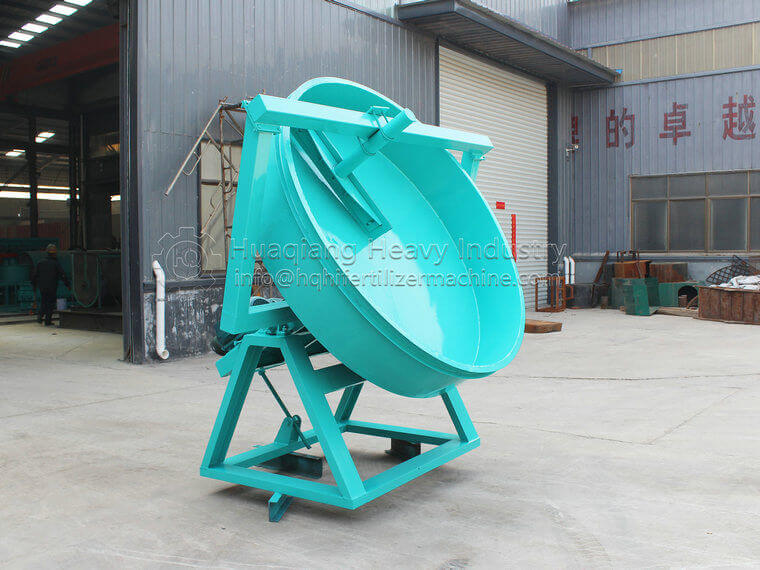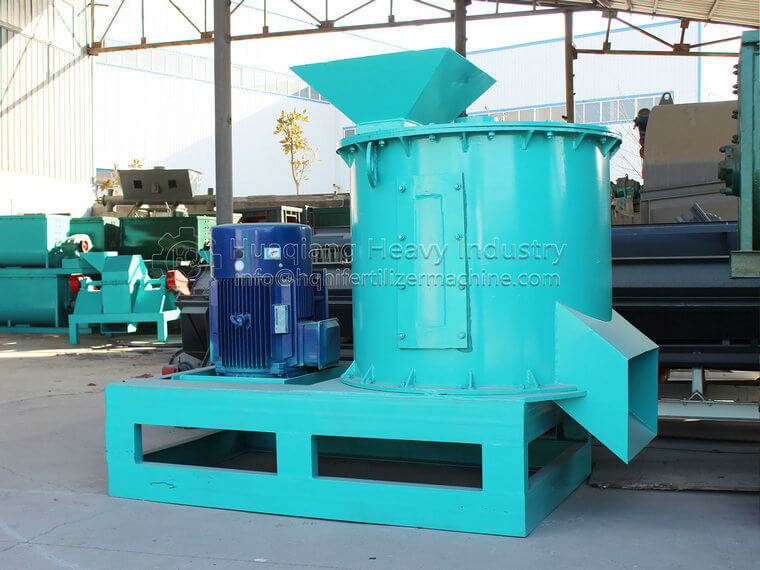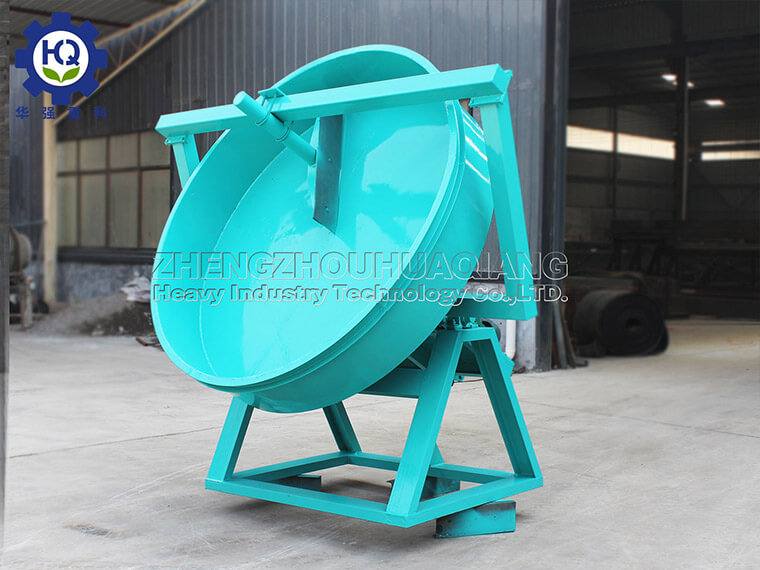What are the precautions to be taken when using a disc granulator
When using a disc granulator, the following aspects should be noted:
Raw material pretreatment: Ensure that the humidity, particle size, and viscosity of the raw materials are suitable for granulation. Overly wet or excessively dry raw materials may affect the granulation effect. If necessary, the raw materials can be appropriately dried or humidified.
Equipment inspection: Before starting, a comprehensive inspection of the disc granulator should be conducted, including checking whether all components are intact, whether fasteners are loose, and whether electrical circuits are normal.
Uniform feeding: Ensure that the raw materials are evenly fed into the disc to avoid material accumulation or blockage, which may affect the granulation effect and machine operation.
Parameter adjustment: According to the characteristics of the raw materials and production requirements, adjust the disc speed, feeding speed and other parameters reasonably to obtain the ideal particle size and yield.
Temperature control: For some special raw materials, it may be necessary to control the temperature during the processing to prevent material denaturation or quality degradation caused by excessive heating.
Cleaning and maintenance: Regularly clean the disc granulator to remove residual raw materials and impurities, keep the equipment clean to extend its service life and ensure production efficiency.
Safe operation: Follow the safety operation procedures to ensure the safety of operators and avoid equipment damage or personal injury caused by misoperation.
Environmental considerations: Considering that the disc granulator may generate certain dust and noise during operation, appropriate environmental measures should be taken, such as setting up dust removal devices and sound insulation facilities.
Fault handling: In the event of a malfunction, the machine should be shut down for inspection in a timely manner, and the maintenance manual should be followed for handling. If necessary, seek professional assistance.
Record keeping: Record key parameters and equipment operation during the production process for traceability and optimization of the production process.
Following these precautions can ensure the normal operation of the disc granulator, improve production efficiency, and ensure production safety and product quality.

.jpg)

.jpg)




.jpg)